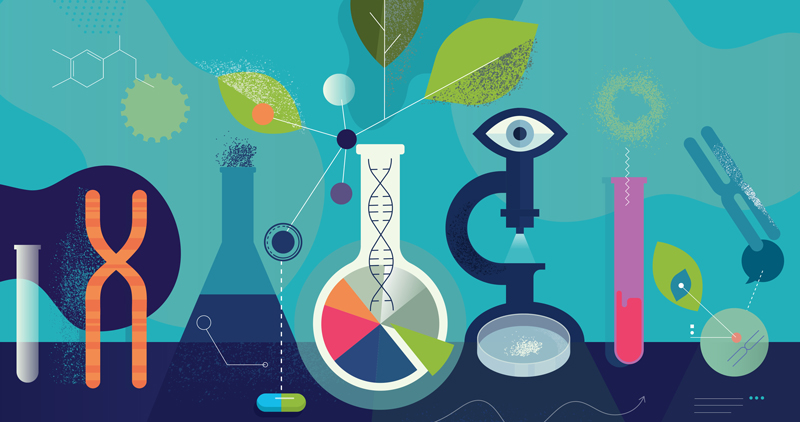SCIENTIFIC EXPLANATION AND METHODE
First of all, we need know what science is. When we hear the word ‘science’ what do you think of? Lab coats and test tubes? Telescopes and stars? Einstein? Dog-eared text books? While these represent various aspects of science, none of these truly embodies ‘science’ as a whole, because as a field it is so multifaceted.Science is the study of the nature and behavior of natural things and the knowledge that we obtain about them . Science generates solutions for everyday life and helps us to answer the great mysteries of the universe. In other words, science is one of the most important channels of knowledg
Science can be thought of as both a body of knowledge (the things we have already discovered), and the process of acquiring new knowledge (through observation and experimentation—testing and hypothesizing ). Both knowledge and process are interdependent, since the knowledge acquired depends on the questions asked and the methods used to find the answers.
We can divide science to many fields:
- Natural science
- Social science ,
- Formal science
- Applied science.
Both natural science and social science are known as empirical sciences. This means that any theories must be based on observable phenomena, reproducibility of results, and peer review.
SCIENTIFIC METHOD
The scientific method is an approach to seeking the knowledge that involves forming and testing a hypothesis. This methodology is used to answer questions in a wide variety of disciplines outside of science, including business. Scientific method provides a logical, systematic way to answer questions and removes subjectivity by requiring each answer to be authenticated with objective evidence that can be reproduced.
- Ask a question
- Gather background information
- Create a hypothesis
- Create an experiment to test the hypothesis
- Analyze the results of the experiment
- Draw a conclusion
- Share the conclusion
- Decide what question
SCIENTIFIC EXPLANATION
- Theories
- Deductive and inductive logic
- Empirical observation to determine what is true and what is false.




Comments
Post a Comment